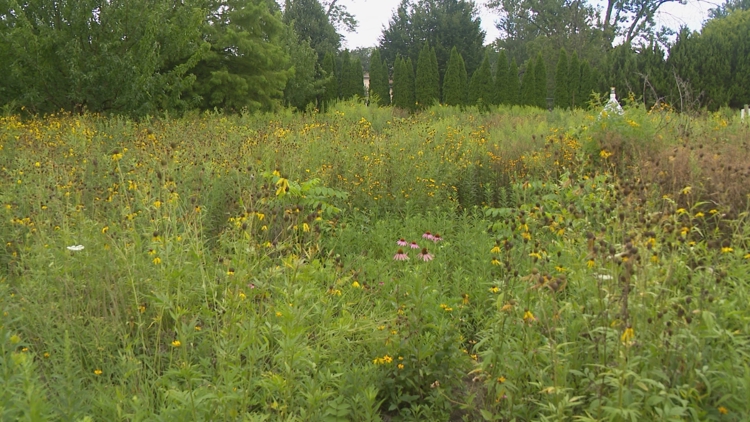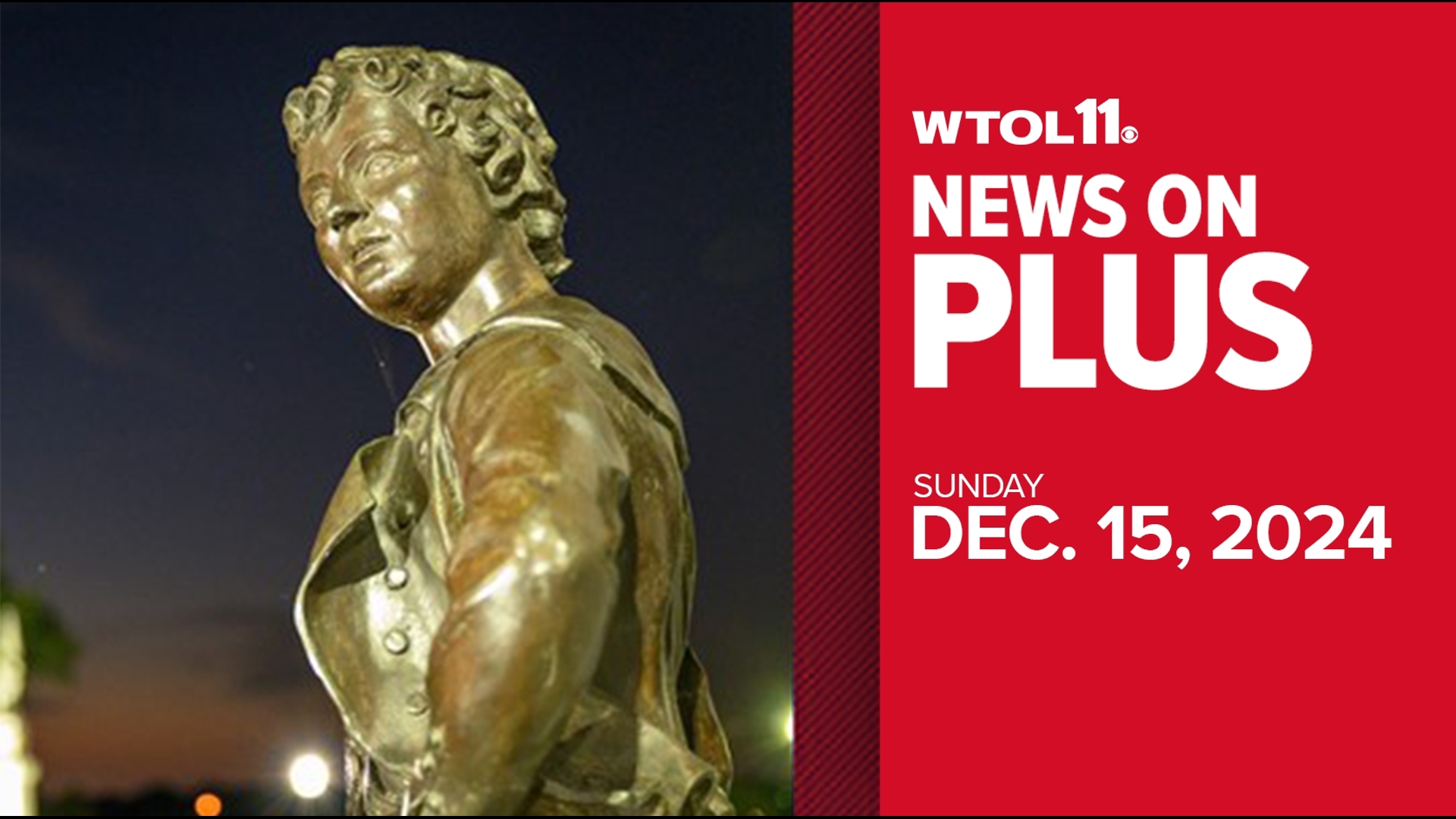TOLEDO, Ohio — The Toledo Zoo recently criticized the city of Toledo for mowing over a prairie installation in a median in the Anthony Wayne Trail, a move the city took beginning in October 2023 after it said the zoo stepped away from collaborating on a project to reimagine the median.
Meanwhile, the zoo has said they tried to convince the city to keep the prairie, citing its ecological benefits to the region. Plants native to northwest Ohio providing stormwater management, absorbing pollutants like CO2, and providing food and habitats to wildlife. The city has said protecting natural resources like the native plants is a priority of its administration.
RELATED: Clean Toledo recycling events, free disposal days and block-by-block pickup scheduled for 2024
Here are some of the prairie plants native to Ohio, according to Wild Toledo, which operates out of the Toledo Zoo and plants the prairies, Bowling Green State University and the Ohio Departnment of Natural Resources:
- Black-eyed susan
- Blue aster
- Big Bluestem
- Foxglove beardtongue
- Ohio Spiderwort
- Sunflower
- Milkweed (a plant vital in Monarch butterfly reproduction)
- Brown-eyed Susan
- Purple coneflower
- Lance-leaf coreopsis
- Little Bluestem
- Side-oats Grama
According to Wild Toledo, planting native plants increases pollinator population, reduces runoff and is easier to upkeep.
Ohio is not only home to prairie-oriented species, but also plants that thrive in floodplains, upland woods, wetlands and more. BGSU scientists said Ohio prairies are categorized as moister, eastern tall grasses that grow well during the end of summer and into autumn. In the 1800s, around 5% of Ohio's land was prairie, BGSU said, but much of it rapidly turned into farmland.
For a full list of native plants from the Ohio Department of Natural Resources, click here.
Stay with WTOL 11 for further developments in this story on air, online and on our free mobile news app.
WATCH MORE FROM WTOL 11



